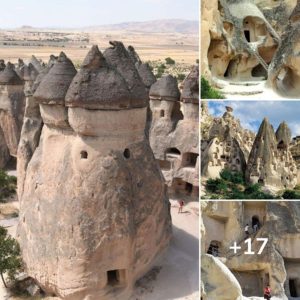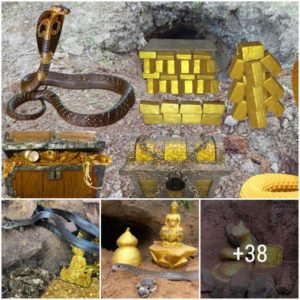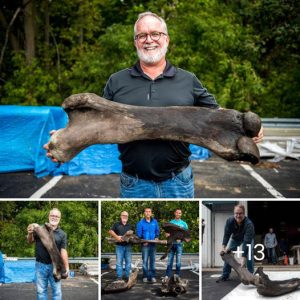A man walking along an Otago river has found the first preserved moa footprints in the South Island, believed to be millions of years old.

Michael Johnston was taking his boss’s dogs for a walk along the Kyeburn River in March when he spotted the “odd looking” footprints submerged in clay, exposed after flooding late last year.
Johnston, a tractor driver, thought the footprints, which measured about 30 centimetres long and 30cm wide, could belong to the extinct bird.

“I thought that they would be quite a common thing that we found,” he said.
Otago Museum natural science assistant curator Kane Fleury was surprised when he was forwarded Johnston’s Facebook message showing photos of the discovery.

Days later he visited the spot, and donning a snorkel and wetsuit he saw the perfectly preserved footprints under water, and found another two behind some loose gravel.
“I was pretty blown away, when you get in the water and you see how almost perfect the preservation of these prints are … that is pretty uncommon to see prints that are so crisp and nice.
“It is definitely a career highlight.”

Those seven prints – the first ever found preserved in the South Island – are likely to be significantly older than the 10 North Island sites, where some 25 prints were preserved.
“This is a pretty important find for New Zealand,” Fleury said.

The find has prompted a large excavation, with 100 metres of the Kyeburn River temporarily diverted from the site, and water pumped from around the footprints.
Fleury believed a major flood event in November 2018 caused the bank to erode, exposing the clay slab where the footprints were preserved.

But that exposure – possibly after millions of years – meant preservation work had to be carried out fast.
Globally, footprints of extinct species were rare due to a range of factors, including natural erosion and vandalism.
Professor Ewan Fordyce, from the University of Otago’s Department of Geology, said the prints offered an important glimpse of the past, possibly “before the Ice Age”.

He could imagine the moa walking carefully along a muddy bank looking for food.
Most of the moa bones recovered in New Zealand were less than 12,000 years old, a “short snapshot of time which has given us a rich insight”.

But the Kyeburn discovery was “in the millions of years rather than thousands”, Fordyce said.
Footage of rare moa footprints found in a Central Otago river. Video first published in May 2019.
It appeared the size of the footprints was relatively similar to the modern moa, with the two largest species estimated to be about 3.6m tall.

Fordyce praised Johnston for being “civic minded”, as there were always fears such internationally significant finds could be removed and sold on the black market, he said.
Even now the team working at the site faced a massive task to remove the prints in movable-sized pieces, which would then be sent to the Otago Museum.

It was hoped after a lengthy drying time, the clay substrate would remain stable.
Once the prints were deemed to be stable, a plan would be made to put them on temporary display for the public.
But as for Michael Johnston, he was just glad to see the prints were going to be preserved, and the river returned to normal.





